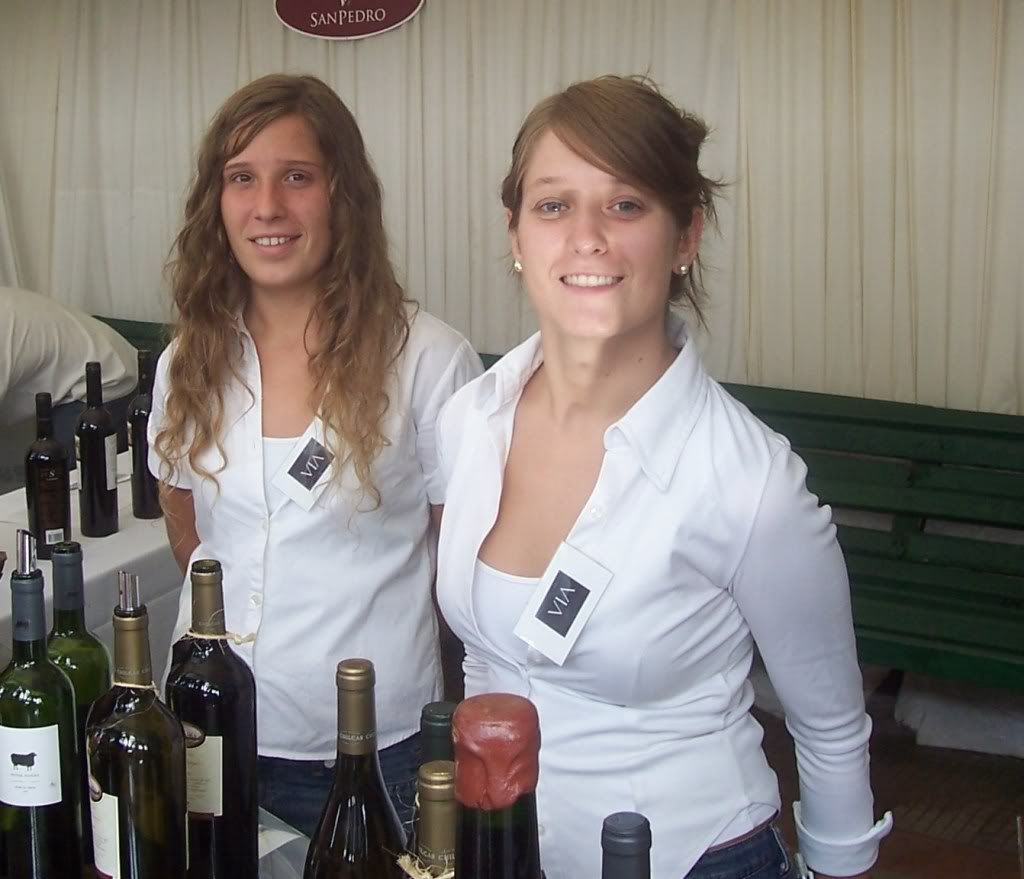After the drubbing I took from my last two posts—mainly on rappnet--I decided to write something cheerier and return to the agricultural theme of this web site.
Local farmers be advised there is money there for the taking if you are willing to fence your cattle and other livestock out of area streams. This essay is the tale of my participation in the BMP (best management practices) cost-sharing program.
At first glance BMP is a no-brainer proposition. The states of Virginia will pay you 75% of the cost of putting in a well, fencing, and a frost-free watering system if you agree to keep your animals from wading and defecating in the water. Plus you get a 25% state tax credit for the portion that they do not reimburse. The reason this is desirable is animal manure is high in nitrogen, phosphorous, and potassium. Their manure flows down the stream, into the river, and into the Chesapeake Bay where it causes algae blooms, red tides, all sort of maladies.
Now the program is voluntary. One day it could become mandatory and that certainly will set local farmers howling. Some say they would be forced out of business if they are required to fence off their streams. That's not true for all but the poorest farmers. There's no reason not to participate in the program if the state will pay the lion's share of the cost. Some farmers are simply philosophically opposed to the idea. Some of these complaining cattlemen are just tax farmers who keep cattle simply to keep their farms in the land use program thus lowering—you could say “lowing”---their real estate tax bill by 75%. They are out there now buying so-called “land use cattle” driving up the prices for calves at the spring auctions.
My own reason for participating in the program was financial. All winter long I had been hauling water two times per day down to my goats as the water I gave them quickly froze. So what I needed was a frost-free system: a mirafont.
The mirafont is elegant in its simplicity. It works sort of like a toilet with a floating and a valve. A pipe driven into the ground allows warm air from the subsoil to keep the water free of ice. A plastic ball floats into the space above the water and the animals learn to push down the floating ball and get a drink of water.
I applied for the BMP (best management practices) cost sharing program through David Massie at the Soil and Water Conservation office in Culpeper. The board of directors there took a look at my farm and approved a fence and frost-free watering system for 700 feet of stream footage. They said I did not have enough goats to justify a well so Clyde Pullen, the contractor I hired for the job, simply hooked my mirafont watering system directly to my existing well. As I grow my farm I plan to apply again: next time maybe I will have enough goats to justify a well.
The whole project cost me about $7,500 for which BMP will pay approximately $4,000. It's a bit difficult to calculate what portion of the project went toward the conservation project and what portion went toward the other project I finished which was to fence in 4 acres of forest (i.e. the other side of the stream easement) and run electric and water lines 800 feet down to my pasture. (The idea is the goats will clear the forest over time and turn it into pasture.) Clyde and his crew rented a Kubota backhoe and dug a trench 30 inches deep some 700 feet down my driveway. Then my electrician, Greg Lukas, installed three electrical plugs and put lights in my greenhouse and tool shed. For the electrical work I traded two years of hunting rights on my farm. (During the Great Recession barter has supplanted cash in some cases.) Clyde installed two frost-free hydrants. This way I will have water for my garden, my green house and my other pasture where the herd sire lives and where there is no mirafont, yet. As for the fencing I did all of that myself. The state paid a subsidy for the cost of the fencing, the cost of the mirafont, the water line, and the electric charger to power the fence. And I have contributed my own, albeit modest, effort to keep the Chesapeake Bay clean.








1 comment:
Nice article...hope the project helps you improve the herd!
Post a Comment